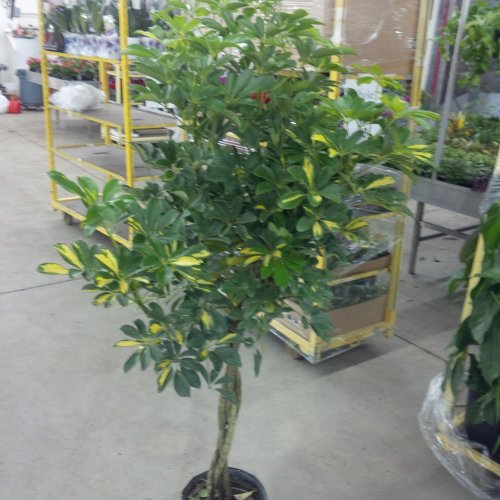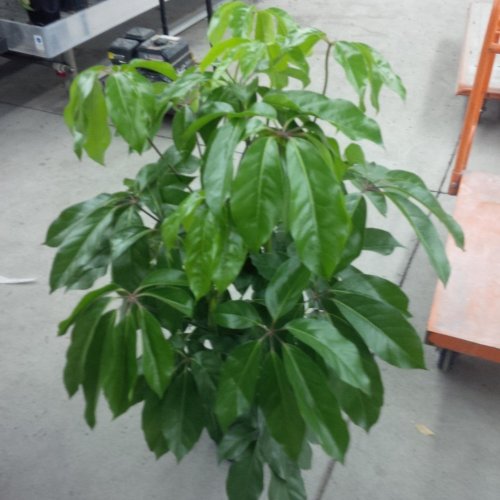so here I am thought I had a set list of plants to eventually get for my enclosure. I was just in a plant nursery and had 3 employees helping me out with numerous questions I had. One of the woman told me pretty much every plant I told her she said was toxic. She said all schefflera are toxic and pothos are extremely since they are in the family of the other toxic plant phil- something (could wait to get home to post so in the parking lot). So now I have no idea what to do or to get other than ficus and hibiscus. But heard number of stories of ficus causing eye problems too. End of rant...
Opinions or explanations about this?
Opinions or explanations about this?




